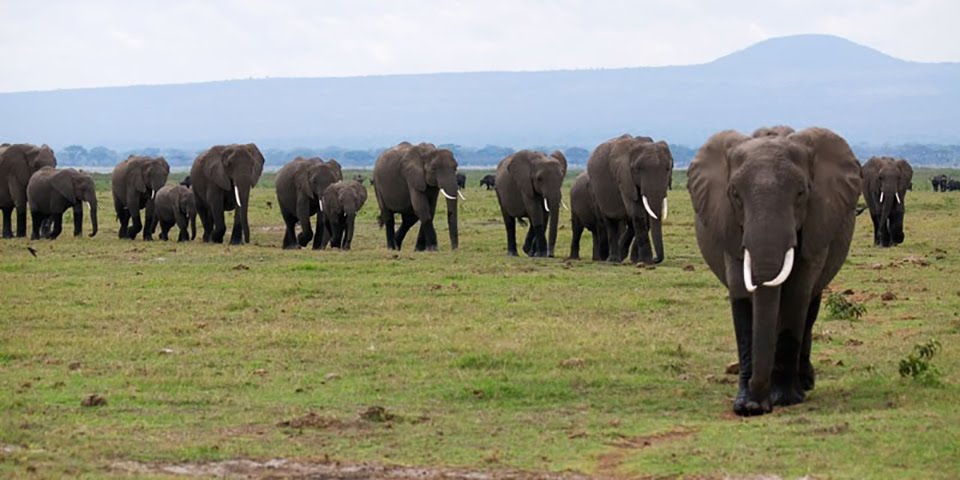Here are a few events this fall:
- Wildlife Wood Carving and Painting, Sept 29th @ 2 pm, McGregor Park
- Spiders of Toronto, Oct 2nd @ 12:30 pm, North York Central
- Chasing Electric Fish in the Amazon, Oct 24th @ 7 pm, Danforth/Coxwell
- Eggs, Nests and Baby Dinosaurs, Nov 26th @ 7pm, Northern District
- I Can Draw Animals, Nov 24 @ 2 pm, York Woods
Pick up a copy of What's On, from your local library branch to find out more about upcoming talks classes and workshops.
Another great resource available at the Toronto Public Library is the Biodiversity Booklet Series. This series of booklets is a great way to learn more about the city's birds, mammals, spiders, butterflies, fish, reptiles and amphibians. Pick up your free copy today at your local branch.





